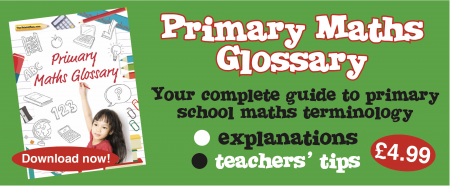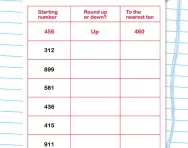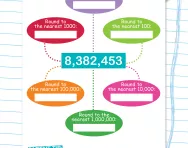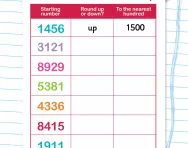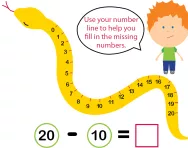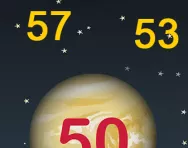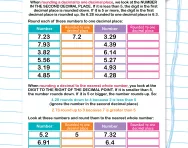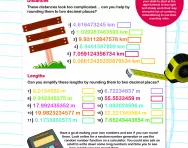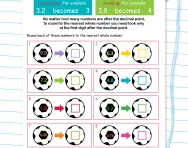Important update from TheSchoolRun
For the past 13 years, TheSchoolRun has been run by a small team of mums working from home, dedicated to providing quality educational resources to primary school parents. Unfortunately, rising supplier costs and falling revenue have made it impossible for us to continue operating, and we’ve had to make the difficult decision to close. The good news: We’ve arranged for another educational provider to take over many of our resources. These will be hosted on a new portal, where the content will be updated and expanded to support your child’s learning.
What this means for subscribers:
- Your subscription is still active, and for now, you can keep using the website as normal — just log in with your usual details to access all our articles and resources*.
- In a few months, all resources will move to the new portal. You’ll continue to have access there until your subscription ends. We’ll send you full details nearer the time.
- As a thank you for your support, we’ll also be sending you 16 primary school eBooks (worth £108.84) to download and keep.
A few changes to be aware of:
- The Learning Journey weekly email has ended, but your child’s plan will still be updated on your dashboard each Monday. Just log in to see the recommended worksheets.
- The 11+ weekly emails have now ended. We sent you all the remaining emails in the series at the end of March — please check your inbox (and spam folder) if you haven’t seen them. You can also follow the full programme here: 11+ Learning Journey.
If you have any questions, please contact us at [email protected]. Thank you for being part of our journey it’s been a privilege to support your family’s learning.
*If you need to reset your password, it will still work as usual. Please check your spam folder if the reset email doesn’t appear in your inbox.
What is rounding numbers?
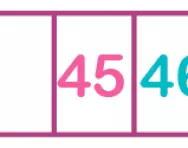
What is rounding numbers?
Rounding numbers to the nearest 10
A good way of explaining this is to use a number line.
If the unit of the number is less than five, the number needs to be rounded down.
If the unit of the number is 5 or above, the number needs to be rounded up.
So 32 would be rounded down to 30, 35 would be rounded up to 40 and 38 would also be rounded up to 40: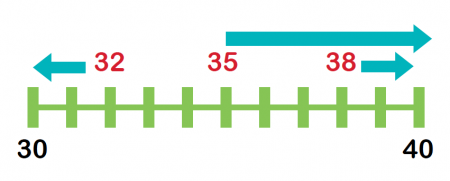
Rounding numbers to the nearest 100
If the tens digit is less than 50 the number is rounded down.
If the tens digit is 50 or more, the number is rounded up. (The units digit can be ignored when rounding a three-digit number to the nearest 100.)
So 834 would be rounded down to 800, 851 would be rounded up to 900 and 876 would be rounded up to 900:
Rounding numbers to the nearest 1000
In Year 4, children need to round four-digit numbers to the nearest ten, hundred or thousand. Example questions may be as follows:
What is 4231 rounded to the nearest ten? (Answer: 4230)
What is 8163 rounded to the nearest hundred? (Answer: 8200)
What is 2839 rounded to the nearest thousand? (Answer: 3000)
Children are also expected to use their knowledge of rounding to estimate answers to calculations when checking their work.
For example: imagine a child has worked out 38 x 42 and got the answer 466.
In order to check if this is correct, it would be a good idea for them to round both 38 and 42 to the nearest ten and then multiply them, so the calculation they would do would be 40 x 40 = 1600. Although, 1600 is an approximate answer, it is completely different to 466 which means they would know that they had done something wrong in their initial calculating.
Rounding decimal numbers
Children also need to round decimals in Years 4, 5 and 6. In Year 4, they will be introduced to rounding decimals with one decimal place to the nearest whole number. In Year 5 they will move onto rounding decimals with two decimal places to the nearest whole number and to one decimal place. They may come across questions such as these:
| What is 3.97 rounded the nearest whole number? (Look at the first number after the decimal point - 9. Because it is more than 5 you round the 3 to the left of it up to 4.) | Answer: 4 |
| What is 8.42 rounded to one decimal place? (Look at the second digit after the decimal point - 2. Because it is less than 5, you leave the 4 to the left of it the same.) | Answer: 8.4 |
| What is 3.928 rounded to two decimal places? (Look at the third digit after the decimal point - 8. Because it is more than 5, you round the 2 to the left of it up to 3.) | Answer: 3.93 |
